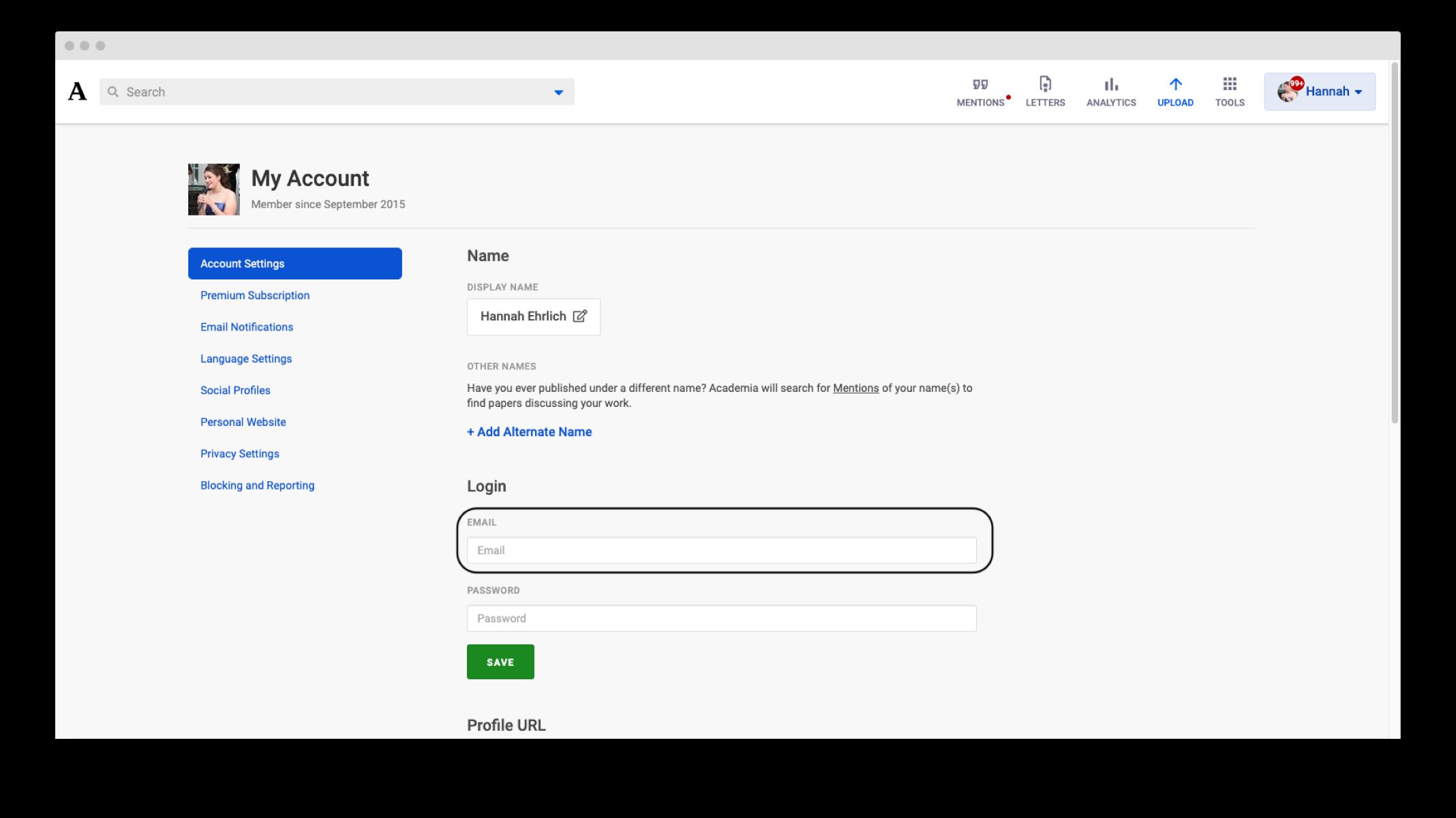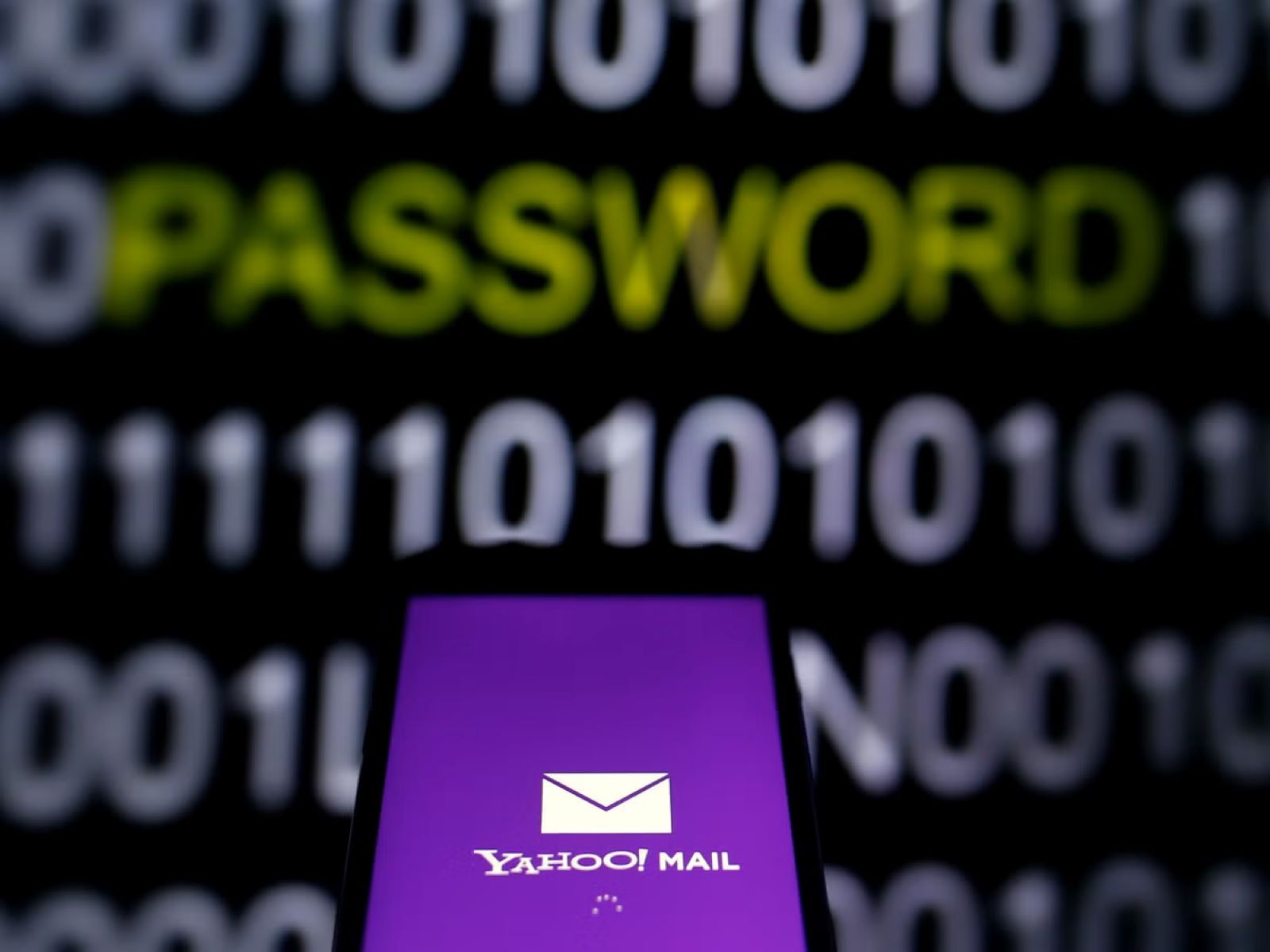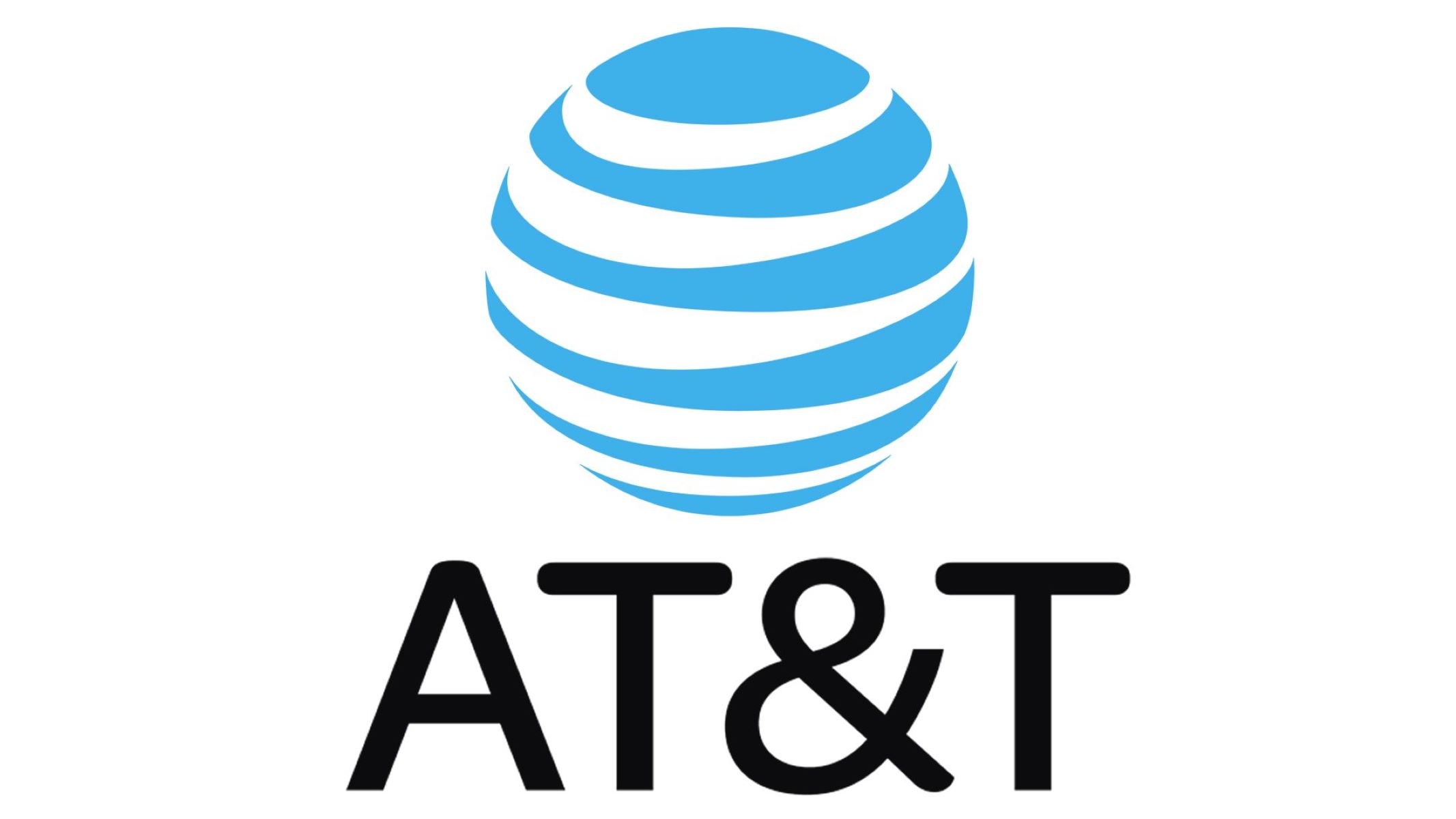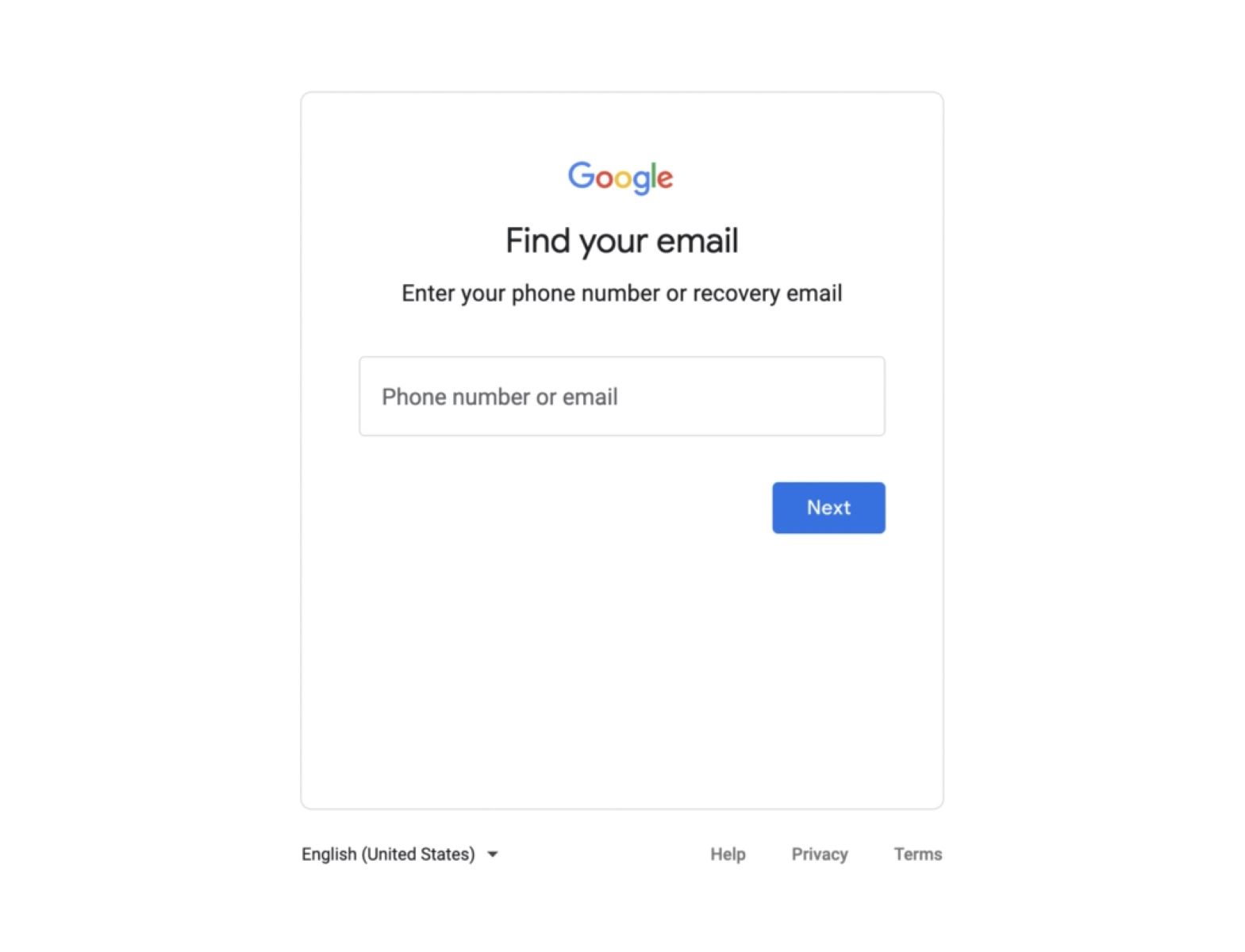Common Reasons for Email Account Recovery
Email accounts serve as a crucial avenue for communication in today’s digital world. However, there are various situations where individuals may need to recover their email accounts. Let’s explore some common reasons why email account recovery becomes necessary:
- Forgotten Password: This is perhaps the most common reason for email account recovery. With so many passwords to remember, it’s easy to forget the one for your email account.
- Hacked Account: Cybercriminals may target email accounts, attempting to gain unauthorized access to personal information or use the account for malicious purposes. In such cases, recovering the hacked account becomes essential to regain control and mitigate the damage done.
- Account Lockout: Some email providers have security measures in place that can result in temporary account lockouts if suspicious activity is detected or if too many incorrect login attempts are made. Recovering the account is necessary in these situations.
- Account Inactivity: Some email providers may disable or delete inactive accounts after a specific period. If you haven’t accessed your email account for an extended period, you may need to go through the account recovery process to regain access.
- Device or System Crash: If your device or computer experiences a crash or failure, you may lose access to your email account. Recovering the account is essential to regain access to your important emails and contacts.
Regardless of the reason behind email account recovery, the process often involves similar steps, which we will explore in the next section.
Steps to Recover an Email Account
If you find yourself in a situation where you need to recover your email account, follow these steps to regain access:
- Determine the Email Provider: Identify the email service provider associated with your account, such as Gmail, Yahoo, Outlook, or AOL.
- Visit the Email Provider’s Website: Go to the official website of your email provider using a web browser. For example, if you use Gmail, visit www.gmail.com.
- Locate the Account Recovery Page: Look for a link or option related to account recovery on the email provider’s website. It is usually located on the login page or in the account settings section.
- Provide Required Information: Fill in the requested details, which typically include your email address, phone number, or alternative email address associated with the account. This information helps the provider verify your identity.
- Verify Ownership of the Account: The email provider may employ various methods to verify your ownership of the account. This can involve answering security questions, entering a verification code sent to your phone or alternate email, or providing any other requested information.
- Change Password or Recover Account Access: Once your identity is verified, you will usually have the option to reset your password or regain access to your account. Follow the instructions provided by the email provider to complete the recovery process.
- Update Security Measures to Prevent Future Issues: After recovering your email account, take the opportunity to enhance its security. Set a strong and unique password, enable two-factor authentication if available, and regularly update your recovery options to ensure a secure account.
By following these steps and providing the necessary information, you can successfully recover your email account and restore access to your messages and contacts.
Step 1: Determine the Email Provider
Before you can begin the process of recovering your email account, you need to identify the email service provider associated with your account. This is crucial as different providers have different account recovery procedures. Here’s how you can determine your email provider:
Check Your Email Address: Look at the email address itself. The domain name after the “@” symbol typically indicates the email provider. For example, if your email address is “example@gmail.com,” the provider is Gmail.
Search for Past Communication: If you have communicated with others using your email account, search for any old emails or messages you have sent. The email signatures or email footers may provide information about the email provider you are using.
Check Your Email App or Program: If you access your email through an app or program on your device, open it and navigate to the account settings. The settings should show the email provider associated with your account.
Search Online: If you are still unsure about your email provider, you can search online for the email domain. Most email providers have official websites where you can find further information about account recovery procedures.
Once you have determined your email provider, you can proceed to the next step of the account recovery process, which involves visiting the email provider’s website.
Step 2: Visit the Email Provider’s Website
After determining the email provider associated with your account, the next step in recovering your email account is to visit the official website of the email provider. Here’s how you can do it:
Open a Web Browser: Launch your preferred web browser on your computer, smartphone, or tablet.
Type in the Website URL: In the address bar of the web browser, enter the website URL of the email provider you identified in step 1. For example, if your email provider is Gmail, enter “www.gmail.com”. If it’s Yahoo, enter “www.yahoo.com”.
Click Enter or Go: Press the Enter key on your keyboard or tap the Go button on your device to load the webpage.
Look for the Sign-In Page: On the email provider’s website, navigate to the sign-in or login page. This is usually located on the homepage or accessible through a prominent link or button.
The login page may ask for your email address or username associated with the account. Enter the required information and proceed to the next step. If you are already logged in to another account, make sure to sign out and then sign in using the account you want to recover.
Visiting the email provider’s official website is an essential step in the account recovery process, as it provides access to the necessary tools and resources to regain control of your email account.
Step 3: Locate the Account Recovery Page
Once you have visited the email provider’s website and accessed the sign-in or login page, the next step in recovering your email account is to locate the account recovery page. The location of this page may vary depending on the provider, but here are some general guidelines to help you find it:
Look for Help or Support: Scan the homepage of the email provider’s website for links or tabs related to help, support, or customer service. Often, these sections contain information and resources for recovering accounts.
Search for “Account Recovery” or “Forgot Password”: Use the search feature on the website or enter keywords such as “account recovery” or “forgot password” in the search bar. This should lead you to relevant support articles or pages related to recovering your email account.
Check the Navigation Menu: Explore the navigation menu or sidebar on the website for options like “Account Settings,” “Security,” or “Recovery.” These sections often contain account recovery options and instructions.
Visit the Help Center: If the email provider has a dedicated help center or support page, browse through the articles and frequently asked questions (FAQs) to find information on account recovery.
Contact Customer Support: If you are unable to locate the account recovery page or require further assistance, look for contact information such as live chat, email, or phone support on the website. Reach out to the email provider’s customer support team for guidance.
Remember, different email providers may have different layouts and terminology for their account recovery pages. Take your time to explore the website and locate the account recovery page to proceed with recovering your email account.
Step 4: Provide Required Information
After finding the account recovery page on the email provider’s website, the next step is to provide the required information to initiate the account recovery process. The specific information requested may vary depending on the email provider, but here are some common details you may be asked to provide:
Email Address or Username: Enter the email address or username associated with the account you want to recover. Make sure to input the correct information to ensure a smooth recovery process.
Phone Number: Some email providers offer the option to recover the account through a linked phone number. If you have associated a phone number with your email account, provide it for verification purposes.
Alternate Email Address: Similarly, if you have added an alternate email address to your account, you may be asked to enter it for account recovery. This allows the email provider to send a verification code or instructions to the alternative email address for identity verification.
Security Questions: Some email providers set up security questions during the account creation process. You may be prompted to answer these questions to verify your identity and ensure that you are the rightful owner of the account.
Account Creation Date: In some cases, the email provider may ask for the approximate date when the account was created. This information helps establish the account’s authenticity and ownership.
Other Relevant Account Details: Depending on the email provider’s security measures, you may be asked to provide additional details such as previous passwords, email subjects or contacts, recent sent or received emails, or any other specific account-related information.
Ensure that you provide accurate and up-to-date information when prompted. Double-check the spelling and formatting to avoid any errors that may hinder the account recovery process.
Once you have provided the required information, proceed to the next step to verify your ownership of the account.
Step 5: Verify Ownership of the Account
Once you have provided the necessary information in the account recovery process, the next step is to verify your ownership of the email account. The purpose of this step is to ensure that you are the rightful owner and that no unauthorized access is granted. Here are some common methods used to verify account ownership:
Verification Code: The email provider may send a verification code to your linked phone number or alternate email address. You will be prompted to enter this code on the account recovery page to prove that you have access to the associated contact information.
Security Questions: If you have previously set up security questions for your account, you may be required to provide the correct answers. This helps confirm your identity as the account owner.
Identification Documents: In some cases, the email provider may request additional identification documents to verify your ownership. This could include uploading a scanned copy of your government-issued ID or providing other forms of identification.
Recent Account Activity: The email provider may ask you to provide details about recent account activity, such as recent sent or received emails, contacts, or any other specific actions performed within the account.
Account Recovery Form: Some email providers have a dedicated account recovery form where you can provide additional details regarding your account. Fill out the form as accurately and thoroughly as possible to strengthen the verification process.
Follow the instructions provided by the email provider on the account recovery page to complete the verification process. Be patient and provide all the necessary information to prove that you are the rightful owner of the email account.
If you encounter any difficulties in verifying your ownership, consider reaching out to the email provider’s customer support for further assistance and guidance. They can provide additional instructions or alternative methods to verify your account ownership.
Step 6: Change Password or Recover Account Access
After successfully verifying your ownership of the email account, you can proceed to change your password or recover access to your account. This step is crucial to regain control over the account and secure it from any unauthorized access. Here’s what you need to do:
Password Reset: If you have forgotten your password, the email provider will usually provide an option to reset it. Follow the instructions on the account recovery page to create a new, strong password for your email account. Make sure to choose a password that is unique and not easily guessable.
Account Access Recovery: In some cases, the email provider may provide an option to recover access to your account without changing the password. This could involve additional steps such as verifying your identity through two-factor authentication, email confirmation, or other security measures.
Follow Password Requirements: During the password reset or account access recovery process, pay attention to any specific password requirements set by the email provider. They may include a minimum length, the inclusion of numbers or special characters, or the avoidance of common passwords.
Remember Your New Password: After changing your password or recovering account access, make sure to remember the new password. Consider using a password manager to securely store and manage your login credentials for future reference.
Update Linked Devices or Apps: If you access your email account through devices or apps, update the password in those settings to ensure a seamless login experience and continued access to your emails.
By changing the password or recovering account access, you can regain control over your email account and secure it against any potential threats or unauthorized access.
It is important to note that during this step, it’s a good practice to review and update any security measures or account settings that may have been compromised or outdated. This includes enabling two-factor authentication, reviewing account recovery options, and adjusting privacy settings to enhance the security of your email account.
Step 7: Update Security Measures to Prevent Future Issues
Once you have successfully recovered your email account and regained access, it is essential to update the security measures in place to prevent future issues and protect your account. Here are some important security measures to consider:
Change and Strengthen Your Password: Set a strong and unique password for your email account. Use a combination of uppercase and lowercase letters, numbers, and special characters. Avoid using common passwords and refrain from using personal information that could be easily guessed.
Enable Two-Factor Authentication (2FA): Two-factor authentication adds an extra layer of security to your email account by requiring a second verification step, such as entering a code sent to your phone or using a biometric authentication method. Enable this feature if available to enhance the protection of your account.
Review and Update Account Recovery Options: Ensure that your account recovery options, such as secondary email addresses or phone numbers, are up to date. This ensures that you can easily recover your account if needed and prevents unauthorized individuals from changing your recovery options.
Monitor Account Activity: Regularly check your email account for any suspicious activity, such as unrecognized login attempts, unfamiliar emails, or changes to your account settings. If you notice any unusual activity, immediately report it to your email provider and take necessary actions to secure your account.
Be Cautious of Suspicious Emails and Phishing Attempts: Exercise caution when interacting with emails, especially those asking for personal information, passwords, or financial details. Avoid clicking on suspicious links or downloading attachments from untrusted sources, as these could be phishing attempts to gain unauthorized access to your account.
Update Other Online Accounts: If your recovered email account is linked to other online accounts, such as social media or online shopping platforms, update the associated email address and consider enabling additional security measures on those accounts as well.
Regularly Update Software and Use Antivirus Protection: Keep your devices and software up to date with the latest security patches. Install reputable antivirus software to protect against malware and other online threats that could compromise the security of your email account.
By implementing these security measures, you can significantly reduce the risk of future email account issues, unauthorized access, and data breaches. It is important to regularly review and update your security settings to stay one step ahead of potential threats.
Additional Tips and Recommendations for Email Account Recovery
When going through the process of email account recovery, consider these additional tips and recommendations to ensure a smooth and successful experience:
Keep Your Contact Information Up to Date: Regularly review and update your contact information associated with your email account, such as phone numbers and alternative email addresses. This will facilitate the account recovery process in case you encounter any issues in the future.
Create a Strong and Unique Password: Strong passwords are essential for the security of your email account. Avoid using easily guessable passwords and consider using a password manager to generate and store unique passwords for each of your online accounts.
Backup Important Emails: Regularly back up important emails, contacts, and attachments to a secure location, such as an external hard drive or cloud storage. This way, even if your email account experiences any issues, you can still access crucial information.
Use Different Passwords for Different Accounts: Avoid using the same password for multiple accounts. If one of your accounts is compromised, using unique passwords for each account will prevent unauthorized access to all of your other accounts.
Enable Account Activity Notifications: Many email providers offer the option to receive notifications when there is unusual account activity, such as a new login from an unrecognized device. Enabling these notifications will help you stay informed and take prompt action if any suspicious activity occurs.
Regularly Review Account Privacy Settings: Check and update your account privacy settings to ensure that your personal information is protected and shared only with trusted entities. Be aware of the privacy policies of your email provider and adjust the settings according to your preferences.
Be Mindful of Phishing Attempts: Be cautious when responding to emails that ask for personal information or login credentials. Legitimate service providers will never request sensitive information via email. Double-check the sender’s email address and look for any signs of a phishing attempt before providing any personal details.
Consider using Security Plugins and Extensions: Install security plugins or browser extensions that can help detect and block malicious websites, phishing attempts, and other online threats. These additional security measures can provide an extra layer of protection for your email account.
By following these additional tips and recommendations, you can enhance the security of your email account and minimize the risk of future issues or unauthorized access.
Conclusion
Recovering an email account can be a stressful and frustrating experience, but by following the necessary steps and implementing the recommended security measures, you can successfully regain access to your account and secure it against future issues.
Throughout the account recovery process, it’s essential to determine the email provider, visit their official website, locate the account recovery page, provide the required information, verify your ownership, change your password or recover account access, and update the security measures in place.
Additionally, keeping your contact information up to date, creating strong and unique passwords, backing up important emails, using different passwords for different accounts, and being mindful of phishing attempts are all crucial practices to maintain the security of your email account.
Remember to regularly review and update your security settings, enable two-factor authentication when available, and stay vigilant for any signs of unusual or suspicious activity.
By being proactive and taking the necessary steps to recover and secure your email account, you can protect your sensitive information, maintain communication channels, and enjoy a safer online experience.

























